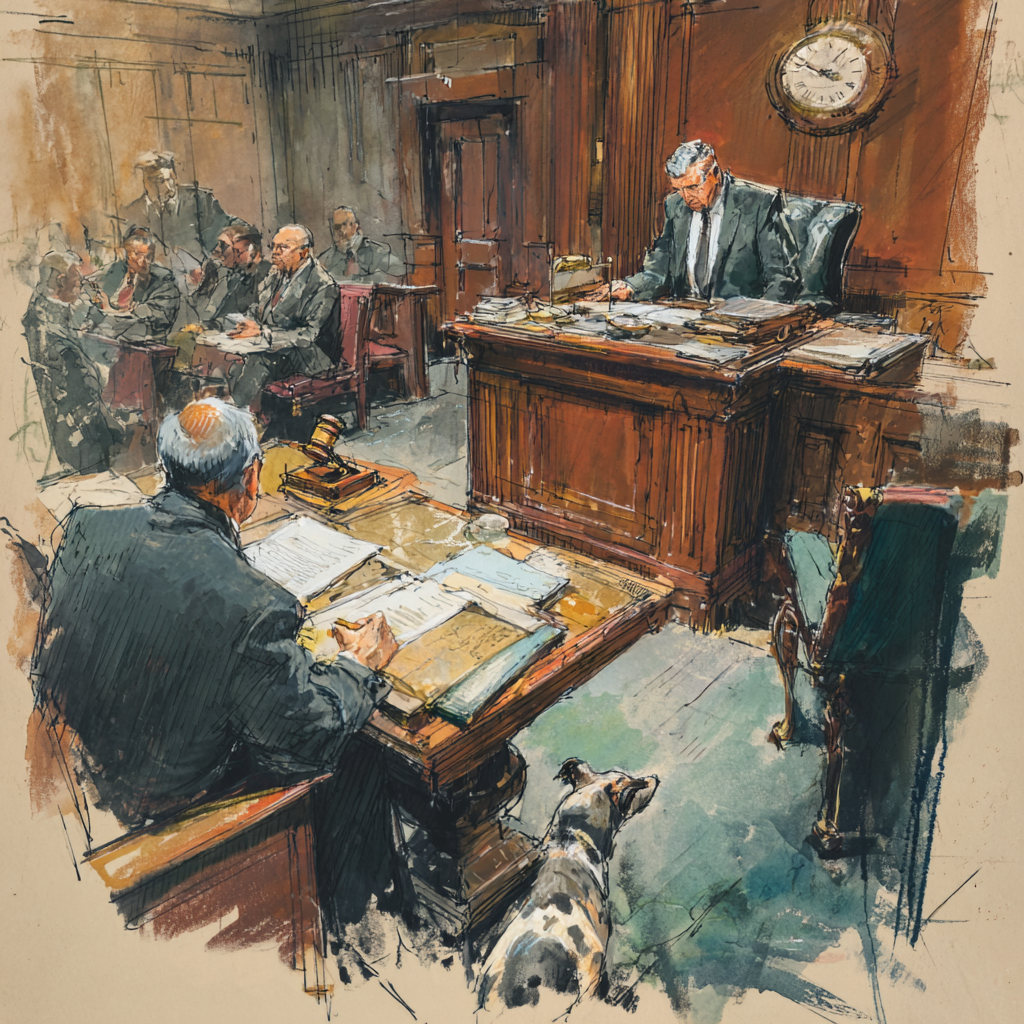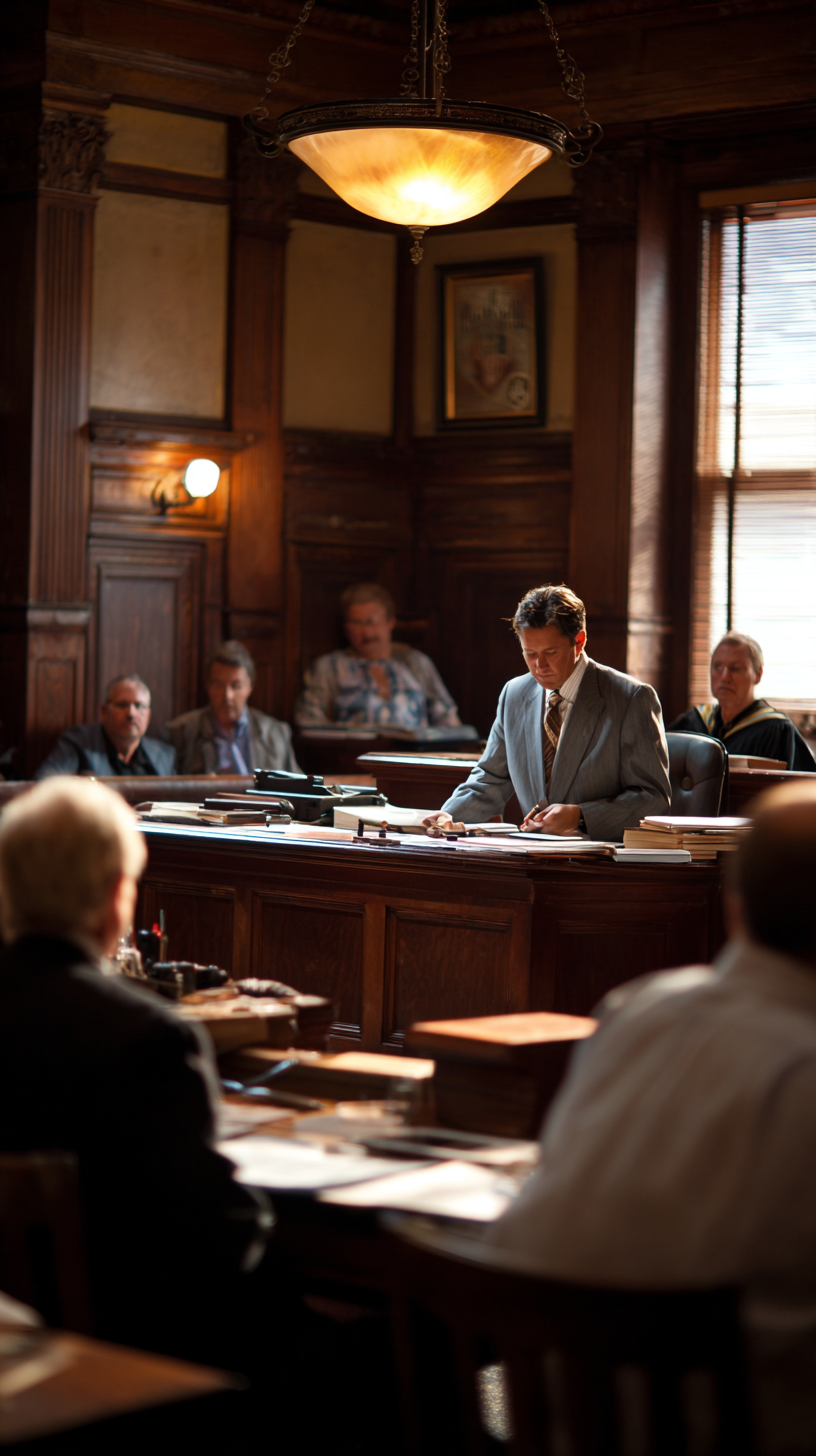Acosta v City of New York,2010 NY Slip Op 02910 (2d Dept. 2010)
Pursuant to CPLR 4404(a), the trial court “may set aside a verdict . . . and direct that judgment be entered in favor of a party entitled to judgment as a matter of law.” A court may set aside a jury verdict as unsupported by legally sufficient evidence only if there is ” simply no valid [*2]line of reasoning and permissible inferences which could possibly lead rational [individuals] to the conclusion reached by the jury on the basis of the evidence presented at trial'” (Soto v New York City Tr. Auth., 6 NY3d 487, 492, quoting Cohen v Hallmark Cards, 45 NY2d 493, 499). In considering such a motion, ” the trial court must afford the party opposing the motion every inference which may properly be drawn from the facts presented, and the facts must be considered in a light most favorable to the nonmovant'” (Hand v Field, 15 AD3d 542, 543, quoting Szczerbiak v Pilat, 90 NY2d 553, 556).
Contrary to the plaintiff’s contention, viewing the facts in the light most favorable to him, there was no valid line of reasoning and permissible inferences which could possibly have led rational individuals to conclude, based upon the evidence presented, that the defendants were liable. In sum, the plaintiff’s version of the events was “manifestly untrue, physically impossible, or contrary to common experience, and such testimony should be disregarded as being without evidentiary value” (Cruz v New York City Tr. Auth., 31 AD3d 688, 690, affd 8 NY3d 825). We note that the record is replete with instances where the testimony and other evidence adduced by the plaintiff was manifestly untrue and tailored to avoid the consequences of previous statements made by him to disinterested nonparty witnesses. Accordingly, the Supreme Court should have granted that branch of the defendants’ motion pursuant to CPLR 4404(a) which was to set aside the verdict and for judgment as a matter of law.”
This is just bad.









